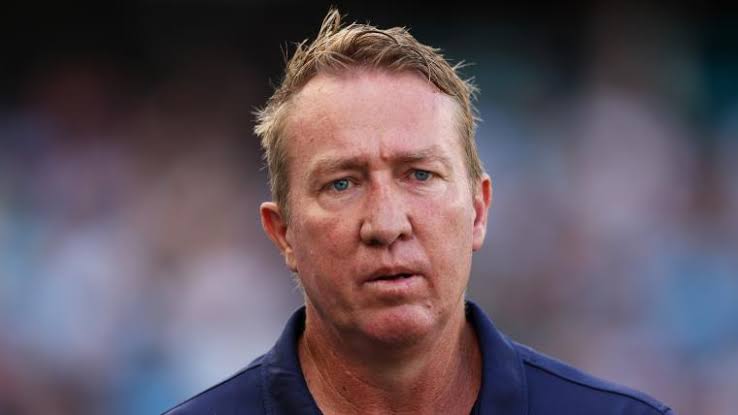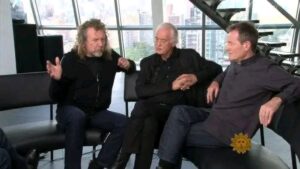
Sydney Roosters coach Trent Robinson’s controversial tactical changes are a direct response to the team’s recent frustrations and inconsistent performances.

In a bold move that has stirred debate among fans and analysts alike, Sydney Roosters coach Trent Robinson has implemented a series of controversial tactical changes in response to the team’s recent underwhelming performances. The changes come amid mounting frustration over the Roosters’ inconsistent form and their slipping position in the NRL standings.
The Sydney Roosters, traditionally one of the most successful and dominant teams in the NRL, have experienced a challenging season thus far. Despite high expectations and a roster brimming with talent, the team has struggled to maintain consistency, leading to a series of disappointing results. This recent downturn has prompted Robinson to make significant adjustments in an attempt to rejuvenate the team’s fortunes and address the issues that have plagued them.
Robinson’s decision to overhaul his tactics includes several key modifications: shifting players to new positions, altering the team’s defensive structures, and introducing new strategies in attack. These changes are designed to address perceived weaknesses and exploit areas where opponents have found success against the Roosters.
One of the most talked-about changes involves moving star fullback James Tedesco into a more central playmaking role. Known for his exceptional speed and dynamic play, Tedesco has been a central figure for the Roosters, but Robinson’s decision to reposition him as a key playmaker has sparked debate. Critics argue that this move could disrupt the team’s established rhythm and compromise Tedesco’s effectiveness, while supporters believe it could unleash his full potential and provide a much-needed spark to the Roosters’ attack.
Additionally, Robinson has adjusted the team’s defensive alignment, opting for a more aggressive, high-press strategy designed to put greater pressure on opposing teams. This approach aims to force errors and regain possession more quickly, but it also carries the risk of leaving the team vulnerable to counter-attacks if not executed flawlessly.
The coach’s tactical overhaul has been driven by a combination of frustration and a desire for change. The Roosters have struggled in recent weeks, with a series of losses and lackluster performances contributing to a growing sense of dissatisfaction among the coaching staff and players. Robinson, known for his meticulous approach and high standards, has expressed his frustration openly, stating that the current strategy was no longer yielding the results needed to compete at the highest level.
“Sometimes, it takes a shake-up to get things back on track,” Robinson explained in a recent press conference. “We’ve tried to address the issues we’ve seen on the field, and these changes are aimed at revitalizing the team and getting us back to where we know we can be. It’s a risk, but it’s one we’re willing to take.”
The Roosters’ fanbase has had mixed reactions to the news. Some supporters are hopeful that the changes will spark a turnaround and lead to a stronger performance in the remainder of the season. Others are skeptical, concerned that the alterations could disrupt team cohesion and exacerbate the current problems. The effectiveness of Robinson’s decisions will be closely monitored in the upcoming games, with the team’s performance likely to be a key indicator of whether the new tactics will have the desired impact.
As the Roosters head into their next matches, all eyes will be on how the new tactical approach plays out on the field. Robinson’s decisions represent a calculated gamble, and the outcomes will likely shape the trajectory of the Roosters’ season. Success could restore confidence and reinvigorate the team’s campaign, while failure may prompt further scrutiny and calls for additional changes.
In summary, Sydney Roosters coach Trent Robinson’s controversial tactical changes are a direct response to the team’s recent frustrations and inconsistent performances. By shifting key players and altering defensive strategies, Robinson aims to address the team’s shortcomings and reignite their competitive edge. The effectiveness of these changes will be critical in determining the Roosters’ ability to turn their season around and achieve their goals.







